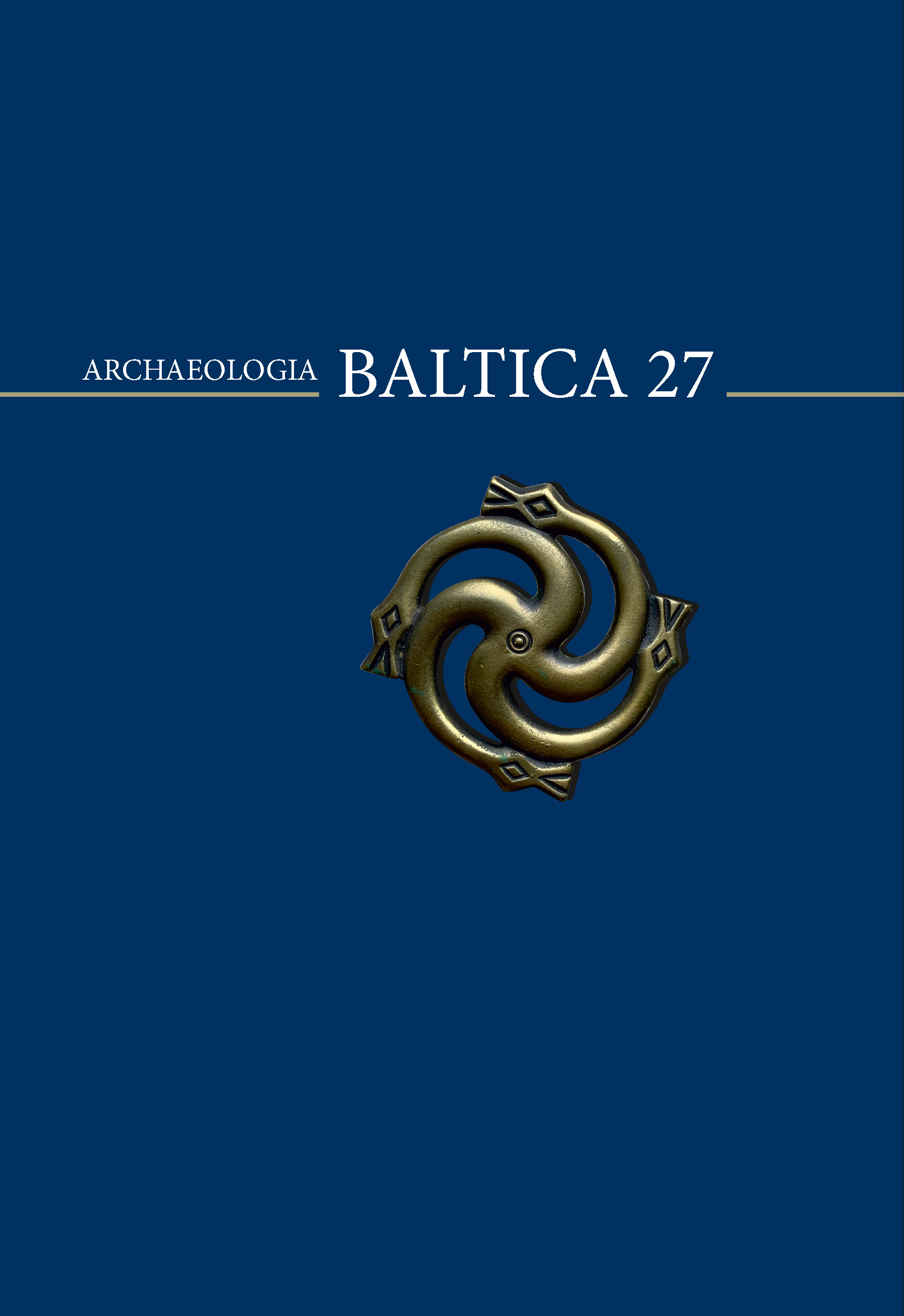Volume 27 (2020), December 2020

Order by:
Pub. online: 5 Dec 2020
Type: Introduction
 Open Access
Open Access
Pub. online: 5 Dec 2020
Type: Article
 Open Access
Open Access
Abstract
Pub. online: 5 Dec 2020
Type: Article
 Open Access
Open Access
Abstract
Pub. online: 5 Dec 2020
Type: Article
 Open Access
Open Access
Abstract
Pub. online: 5 Dec 2020
Type: Article
 Open Access
Open Access
Abstract
Pub. online: 5 Dec 2020
Type: Article
 Open Access
Open Access
Abstract
Pub. online: 5 Dec 2020
Type: Article
 Open Access
Open Access
Abstract
Pub. online: 5 Dec 2020
Type: Article
 Open Access
Open Access
Abstract
Pub. online: 5 Dec 2020
Type: Book Review
 Open Access
Open Access
Pub. online: 5 Dec 2020
Type: Book Review
 Open Access
Open Access